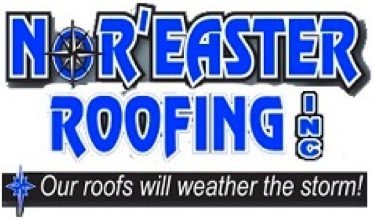The weather during winter generally impacts all parts of the house. However, the roof suffers more impact than other parts. Some aspects of the weather in winter lead to damages that can harm the roof. Knowing the dangers these elements can create and ways to reduce the risks will save you from more expensive repair costs later on. This article will examine how winter impacts your roof. You will also gain helpful tips on preventing the damage caused to your roof during winter.
The Impact of the Wind
During winter, strong winds and storms are expected. This leads to loosening, breaking off, or tearing off shingles. Flashing is also ripped off and loosened by the wind. The rakes and ridges of the roof are more exposed than other parts, making them more susceptible to damage by the wind stream.
The best solution to the impact created by the wind is to use superior quality roofing materials. The shingle of the roof should have a wind damage warranty above the three-tab standard. You can invite an expert to inspect the roof and fix issues before winter. Keep trees around your roof well-trimmed. Regular trimming will help to ensure that dead tree branches are not carried up and slammed against the roof.
The Impact of Ice, Snow, and Water
When snow piles up and becomes thick, its weight might transcend the weight-bearing capacity of the roof. The overbearing weight will first cause creaking sounds in the roof. The weight will also lead to cracks above doors and windows in your house. Worse cases may bow the ceiling of the house and eventually collapse the roof.
The build-up of ice on the eaves of the house can block the roof gutters. The effect of this blockage called an ice dam, is that water gets trapped in the roof. The water tapped behind this ice dam gets in the freezing and thawing process. When the water thaws, leak-prone parts of the roof are exploited, and new ones are created.
Ways to Prevent the Impact of Winter Elements
- Monitor your roof’s snow depth
- Use a roof rake to remove built-up snow from the edges of your roof frequently.
- Invite an expert to inspect the roof and offer solutions when the case is critical.
- Clean the roof gutters before every winter season.
- Keep your attic well ventilated.
- Use a liquid de-icer to treat the eaves of your roof.
- Invite a roofer to examine your roof and detect any leakage points in your chimney, vents, and valleys.
Conclusion
When the cold winter weather begins, it comes alongside ice, snow, wind, and water. These elements put together can severely impact the strength of your roof. The factors cannot be controlled, but quality maintenance can reduce the risks involved.
As you take care of your roof before, during, and after winter, the impacts of winter weather are kept minimal. In severe cases, contact a professional roofer to examine the roof. Your roof might need repairs or a new roof installation. Nor’Easter Roofing offers professional roof inspection, maintenance, and installation services. Contact us today to guarantee your home with a durable, long-lasting roof.
